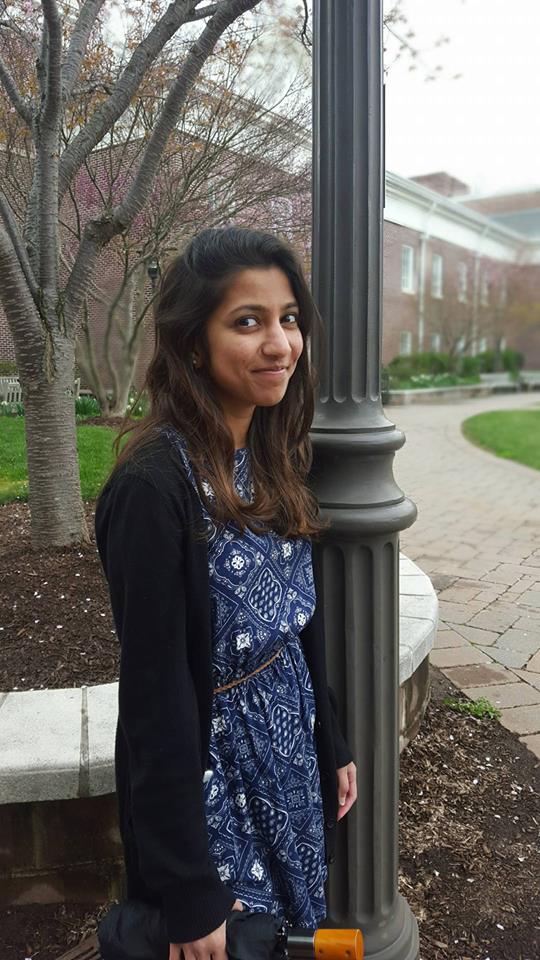General Information

| Student: | Anshu Patel |
|---|---|
| Office: | CoRE 442 |
| School: | The College of New Jersey |
| E-mail: | anshupatel314@gmail.com |
| Project: | Pseudo-knotted Structures in RNA Molecules |
Project Description
To be filled in soon.
- Week 1:
- This week, the goal was to familiarize myself with pseudo-knotted structures in RNA molecules. By understanding these structures, we are able to draw connections to their biological functions in protein translation and other cellular functions. By studying the mathematical quantities assigned to specific sequences of RNA strands such as using their graphical representations to calculate their genus, as well as their linking number, writhe, and twist to study their topology, we can better understand their physical structure. I could then use the DSSR (Dissecting the Spatial Structure of RNA) program to help visualize the 3-dimensional structures of some basic RNA molecules to help predict the interactions and structure involved in higher-ordered pseudoknots. On Monday, I gave my initial presentation of my project and the overview of our problem to the rest of the REU group. I also met the Ph.D. students involved in the lab who will later help using some of the software to analyze and dissect RNA structure.
- Week 2:
- The goal for this week was to start studying the mathematical relationships in knot theory in the context of pseudoknots. From this, I was able to set a direction that I would like my research to take. By understanding how these mathematical quantities are related to each other, we might be able to define similar properties for pseudoknots that allow us to decompose its structure. I was able to define Euler Characteristic for these pseudoknots, as well as determine how genus behaves under nested and "connected sums" of pseudoknots. I have begun constructing a table of "prime" pseudoknots characterized by genus that might be useful in characterizing higher-ordered pseudoknots. The next step would be to determine how the 3-dimensional structure is impacted under these conditions to see if this method could serve as a viable method of understanding structure.
- [1] DSSR: an integrated software tool for dissecting the spatial structure of RNA, by Xiang-Jun Lu, Harmen J. Bussemaker, and Wilma K. Olson. 2015.
- [2] RNA Visualization: Relevance and the Current State-of-the-art Focusing on Pseudoknots, by Boris Shabash and Kay C. Wiese. 2016.
- [3] Viral RNA pseudoknots: versatile motifs in gene expression and replication, by Ian Brierley, Simon Pennell, and Robert J. C. Gilbert. 2007.
- [4] Characterization of the geometry and topology of DNA pictured as a discrete collection of atoms, by Nicolas Clauvelin, Wilma K. Olson, and Irwin Tobias. 2012.
- First Presentation
- My Mentor
